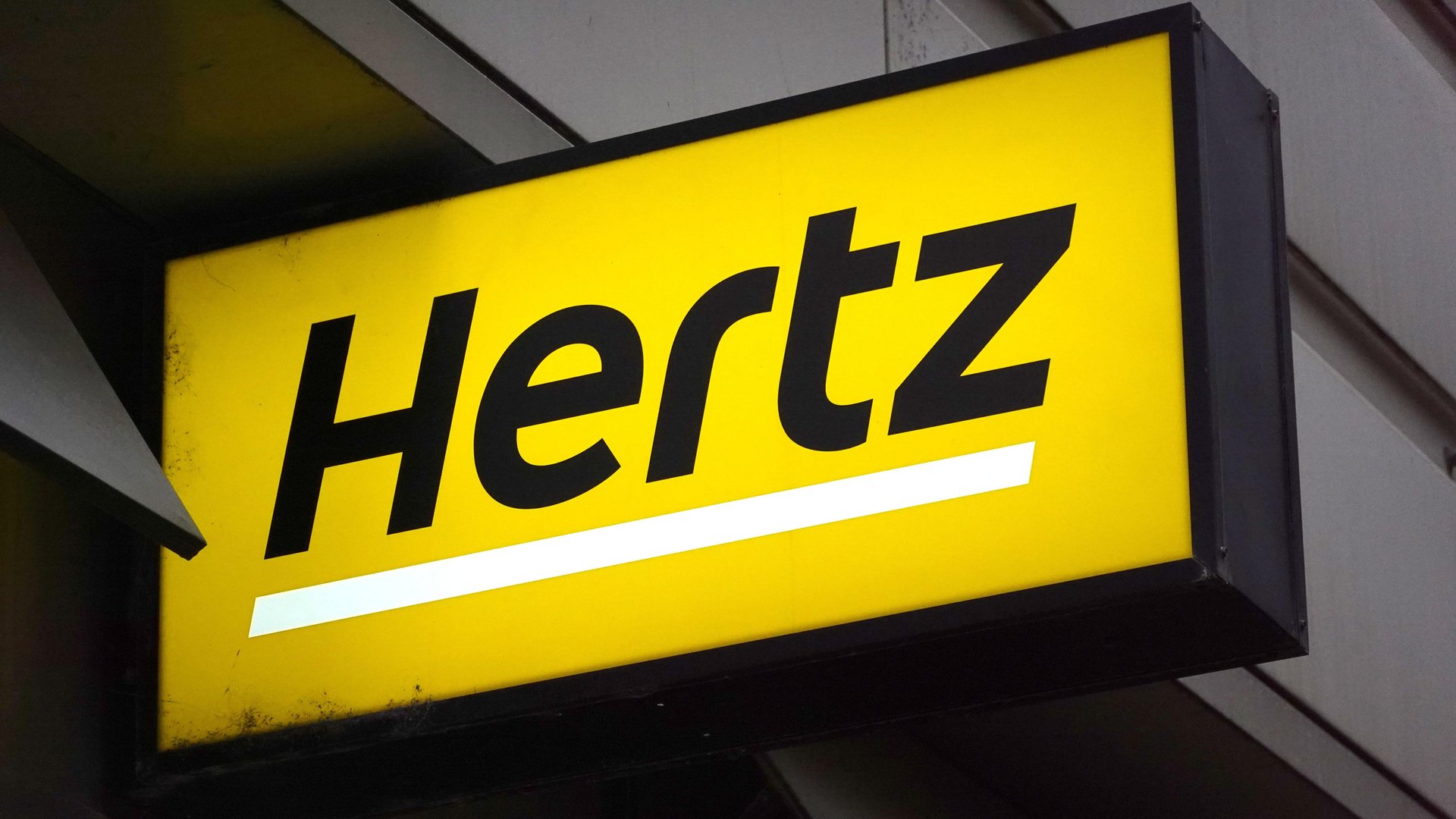Hertz wants to sell $750 million in debt to dig itself out of an EV hole
The company is refreshing its rental car fleet after a costly miscalculation

Hertz is raising the better part of a billion dollars to refresh its fleet and shore up its balance sheet. In a regulatory filing with the Securities and Exchange Commission, the rental car company said Thursday that it will be selling $750 million in debt to those ends.
Suggested Reading
“Our ongoing fleet rotation is expected to result in a significant reduction in the higher capital cost vehicles that comprise a substantial portion of our fleet,” the company said in its filing.
Related Content
Hertz is trying to turn things around after a bet on electric cars went poorly. The company found out that the routine maintenance costs on vehicles like Teslas was much higher than it anticipated. In February, former CEO Stephen Scherr said on an earnings call that the company would be “reducing the operational distraction in the field in a very meaningful way” and selling a bunch of its EV fleet. (He announced his resignation the next month.)
The company’s stock is down nearly 71% for the year. Bloomberg reports that the new debt is giving investors a 13% interest rate, a reflection of the precarity of Hertz’s fortunes. In May, Fitch lowered the renter’s credit rating to “B-” from “B,” nudging it closer to the “CCC” rating that suggests a default is imminent, because Hertz might not be able to buy time before things get to that point.
“Fitch believes there is considerable execution risk around Hertz’s 2024-2025 operational enhancement initiatives, which aim to generate $500 million of incremental adjusted corporate EBITDA primarily through improving unit economics and reducing costs,” Fitch wrote in a note accompanying the action.
“While Fitch acknowledges the firm’s commitment to restoring profitability, including rotating out of more expensive vehicles and reducing direct operating costs, these initiatives are not expected to deliver significant enhancements until 2025.”